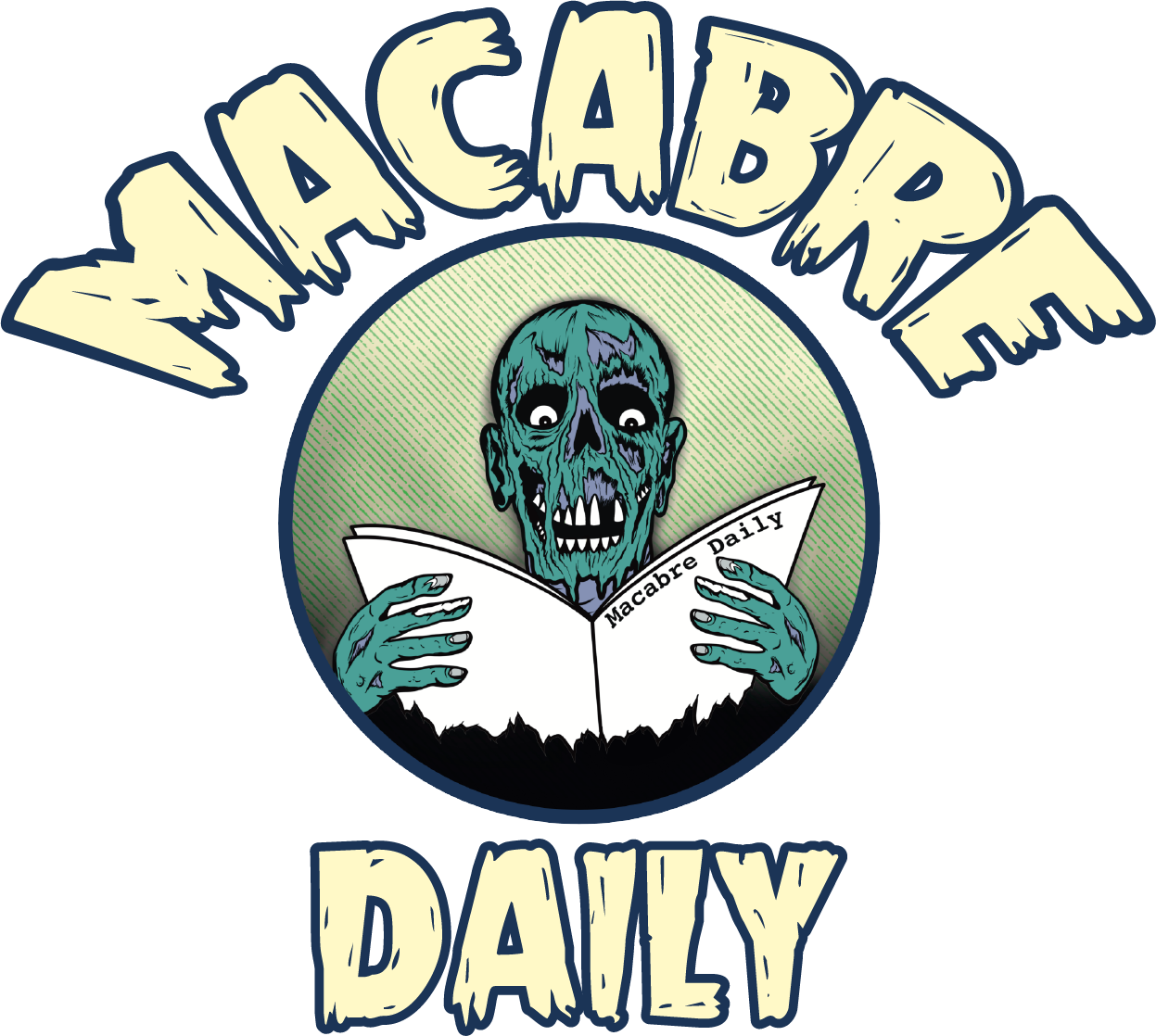REVIEW: Myth and Gentrification Collide in Nia DaCosta's CANDYMAN (2021)
YAHYA ABDUL-MATEEN II in a scene from NIA DACOSTA’s CANDYMAN. Image via Universal Pictures.
“White people built the ghetto,” says Brianna (TEYONAH PARRIS), the girlfriend of protagonist Anthony McCoy (YAHYA ABDUL-MATEEN II) in NIA DACOSTA's 2021 film, CANDYMAN. “And then erased it when they realized they built the ghetto.”
Where the original 1992 BERNARD ROSE film, starring TONY TODD and VIRGINIA MADSEN dealt in themes of myths and madness, race, marginalization, and class, DaCosta’s new spiritual sequel (she smartly sidesteps the two lesser follow-ups), attempts to make its own statement, not only about issues of race and class, but also gentrification, the sometimes corrosive nature of destiny, and the importance of storytelling in black culture.
When Anthony and Brianna move into a loft in the now gentrified area of Chicago’s Cabrini-Green, it’s a chance for new opportunities, especially for Anthony, an artist who has hit a long creative block. After a chance encounter with a long-time Cabrini resident, Anthony is exposed to the true story behind the Candyman myth, and as such, unwittingly unlocks a wave of violence that connects straight to Anthony’s own past and, in the process, threatens his very sanity.
Say his name and he appears. Image via Universal Pictures.
CANDYMAN is DaCosta’s effort to reclaim the legend from white storytellers, and place it squarely back in the black experience, using black voices. However, fans of the original film should not worry about the 1992 original being dismissed entirely, as the events surrounding the Helen Lyle character in the first film play a noteworthy role in the events of the new one. Though issues of race still feature predominantly in this film, it’s been given a distinctly 2021 twist as the gentrification of Cabrini has now taken place, and as such, the legend of Candyman has been largely forgotten.
This wouldn’t be a horror film without kills, and this iteration of the Candyman saga has them in spades, with mostly terrible white people meeting their reckoning at the end of Candyman’s bloody hook. One scene in a gallery after hours is particularly gruesome, and the camera angles, lighting, and mirror effects of that sequence would be right at home in a DARIO ARGENTO giallo. There’s no question this film certainly has style to spare, from JOHN GULESERIAN’s minimalist, yet striking cinematography, to LIZZIE COOK’s fabulous costume design (I wanted every single outfit that Brianna wore in the film). Unfortunately, it is too often that the substance of the film takes a backseat to the style.
What made the original CANDYMAN film so effective is that we were thoroughly invested in Helen Lyle, her research into this myth, and her relationships, as well as the Candyman himself, that when all of that started to fall apart around Helen so spectacularly, it was heartbreaking and compelling to watch. Though all the performances are solid in this newest iteration, with TEYONAH PARRIS as Brianna being a particular standout, the film hasn’t built enough real emotional weight by the end to pack the wallop it was going for. We are supposed to be invested in the character of Anthony McCoy and his emotional journey as he uncovers the legend of the Candyman, but DaCosta doesn’t give us enough depth for us to keep us absorbed in the character. Though there is an attempt at some backstory for Brianna in the form of a brief flashback scene, and significantly more for Anthony’s character near the end of the film, by the time the events of the film have played out they feel tertiary and somewhat forced.
TEYONAH PARRIS in a scene from CANDYMAN (2021). Image via Universal Pictures.
Saying that, DaCosta, along with her screenwriting partner and the film’s producer, JORDAN PEELE, have managed to reframe the myth of the Candyman in a fresh and interesting way in this follow-up, by using the value and paramountcy of storytelling and making that the central focus of the film. The history of storytelling in cultures all over the world, particularly African cultures, is pervasive and notable, as for centuries they have used it as a tool to preserve their history, traditions, and rituals. It is in this that CANDYMAN’s central tenant is sparked, because the film is ultimately about how stories keep cultures alive, providing links to legends, myths, and archetypes that connect us to universal truths about ourselves and the world.
The myth of the Candyman is centralized in the name itself and in the ritualized chanting of it five times in succession in order for him to appear. Though I won’t go into all the connotations and symbolisms of the number five in culture and religion (the five elements, the five points of a pentagram, just to name a few), it is the name itself that is the guiding force behind his mythos and power. A name can shape a person’s character, mold their identity, and even influence their destiny, and that’s exactly what DaCosta explores in CANDYMAN. It is not always successful, and there are some missed opportunities for a deeper exploration of the themes of race and class here, but DaCosta does a solid job considering the very heavy burden the original film has placed upon her shoulders.
In this incarnation, the Candyman is a superhero, a Robin Hood figure to the residents of Cabrini-Green, summoned to avenge the bullied, the marginalized, and the oppressed. He is an executing angel(?)/demon(?), who only lives on to exact his own brand of justice by those who share his story, face the mirror, and dare to say his name.
YAHYA ABDUL-MATEEN II as Anthony in CANDYMAN (2021). Image via Universal Pictures.
My Rating: 6.5/10
Where to Watch:
CANDYMAN is currently available to watch in selected theaters nationwide.














